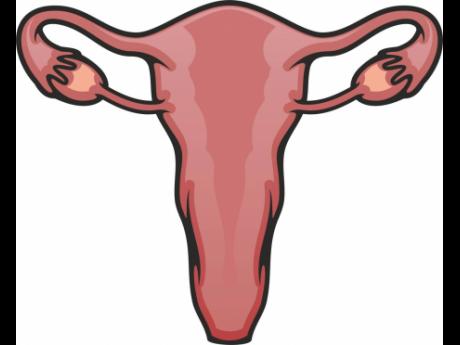Examining adenomyosis
Adenomyosis is a condition of the uterus (womb) where the cells similar to the lining on the inside of the uterus are also present in the muscle wall of the uterus. One study estimated that about one in five women has this condition.
Although women with adenomyosis often have endometriosis, they are different conditions. With endometriosis, cells similar to those that line the uterus are found on other parts of the body, such as the Fallopian tubes, the ovaries or the tissue lining the pelvis (the peritoneum).
Adenomyosis is most likely to occur in the muscle layer of the back wall of the uterus, but can occur anywhere in the muscle layer.
If adenomyosis is concentrated in one area, it can lead to a non-cancerous growth called an adenomyoma.
The most common symptoms, experienced by up to two-thirds of women with adenomyosis, are painful periods, often after years without pain; heavy periods; anaemia, or iron deficiency, due to heavy periods. You may feel tired, dizzy, painful sex, and chronic, ongoing pelvic pain. In addition, during an examination, the uterus may feel tender, and the doctor may notice that it is enlarged.
INFLAMMATION OF THE UTERINE
The cause of adenomyosis is unknown. However, there are a few theories, including that the lining cells grow into the muscle layer due to surgery; lining tissue was set down into the uterine muscle early in foetal life, before birth; and inflammation of the uterine lining after childbirth causes cells to pass into the weakened muscle layer.
Oestrogen is needed for adenomyosis to occur, so it is only seen in women in their reproductive years, particularly in women aged between 30 to 50 years.
During a period, the lining cells within the muscle wall behave the same as the lining cells of the uterus. This means when you have your period, these cells also bleed, but because they are trapped in the muscle layer, they form little pockets of blood within the uterine muscle wall.
Sometimes the uterus is tender or enlarged on vaginal examination. Unfortunately, adenomyosis may be difficult to diagnose, because there is no single set of agreed tests for confirming the diagnosis.
The first recommended test is a transvaginal ultrasound, where an ultrasound probe is gently placed in the vagina. If available, the test is ideally performed by a gynaecologist who specialises in ultrasound.
Magnetic resonance imaging (MRI) may sometimes be needed to confirm the diagnosis and exclude other conditions, such as fibroids. Adenomyosis is often only diagnosed by pathology tests after the uterus has been removed. This is because a small biopsy may miss an area of adenomyosis. There are no blood tests to diagnose adenomyosis.
Treatment for adenomyosis depends on a woman’s symptoms, her stage of life, and whether she plans to have children.
High-intensity ultrasound and uterine artery embolisation, which blocks blood supply to parts of the uterus, are non-surgical options for women with adenomyosis. These techniques may reduce pain and bleeding. Unfortunately, they are not suitable for everybody, can be expensive, and can have complications. They are not currently recommended if you are planning a future pregnancy.
Surgery to remove adenomyosis can be technically difficult, and it is not clear whether it reduces pain and bleeding. Additionally, surgery may result in scar tissue in the uterus that can affect future fertility.
You can talk to your doctor when your symptoms are impacting on your health, negatively impacting your ability to live your life normally, and interfering with your sexual function and relationship.
SOURCE: Jean Hailes For Women’s Health; Medical News Today; Adenomyosis Advice Association

